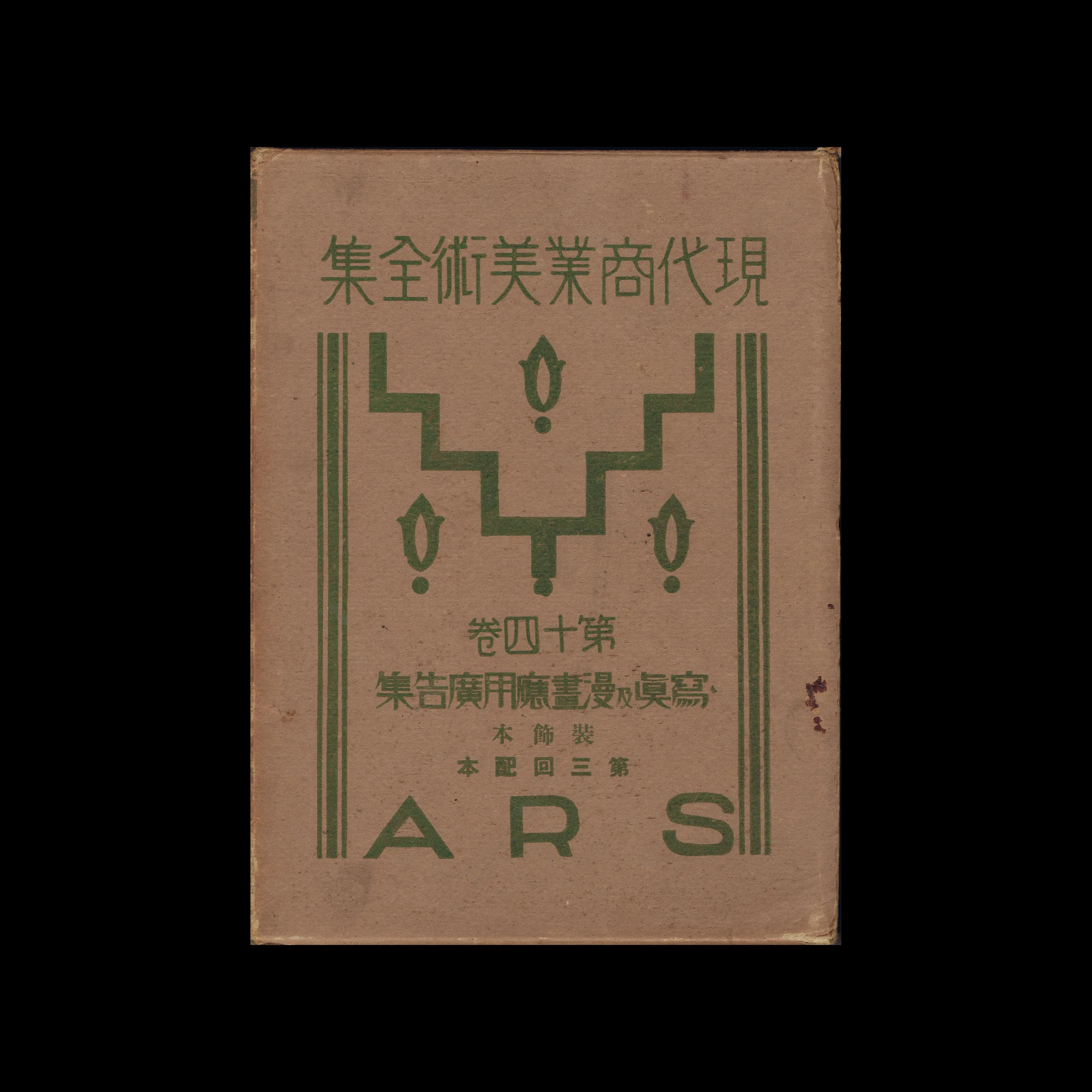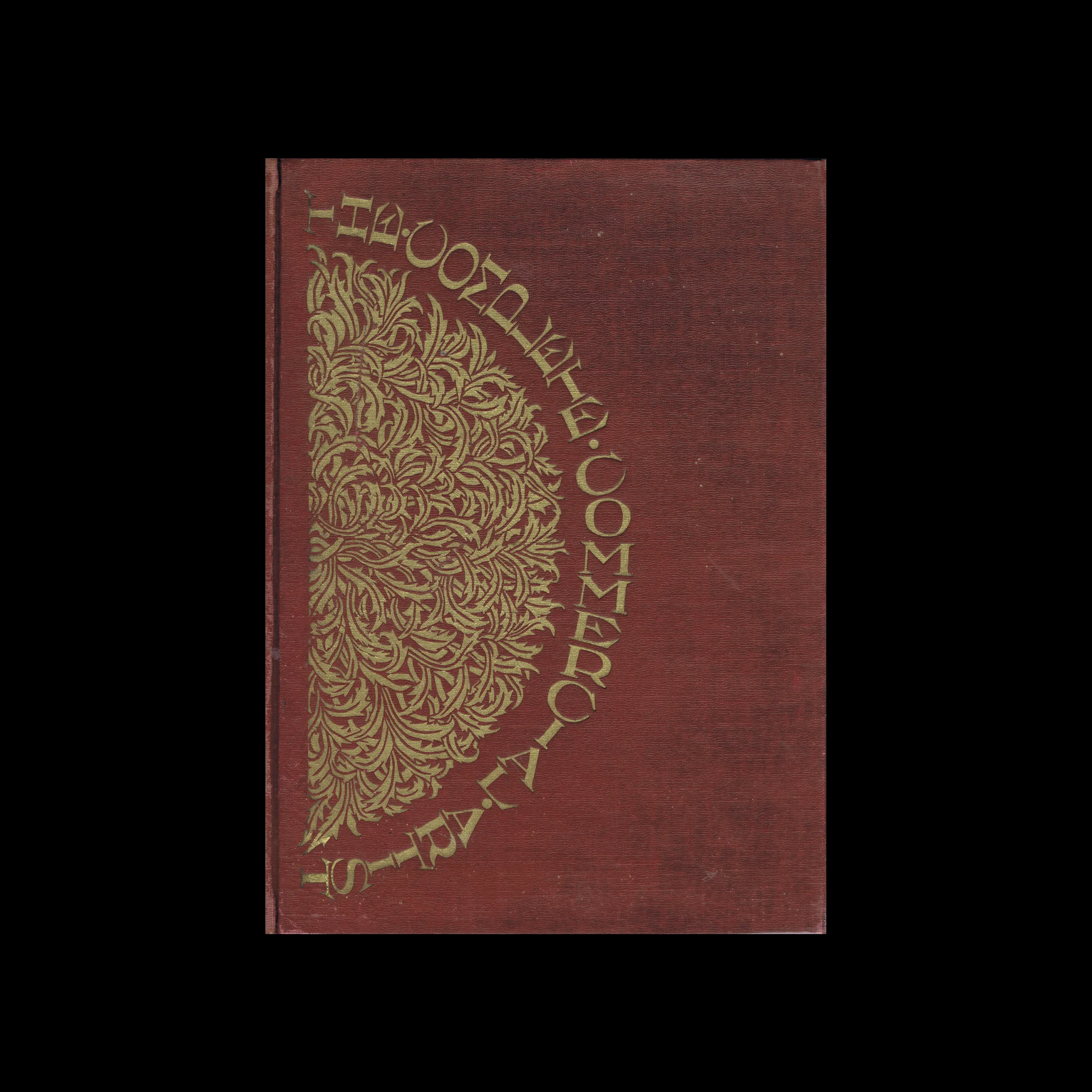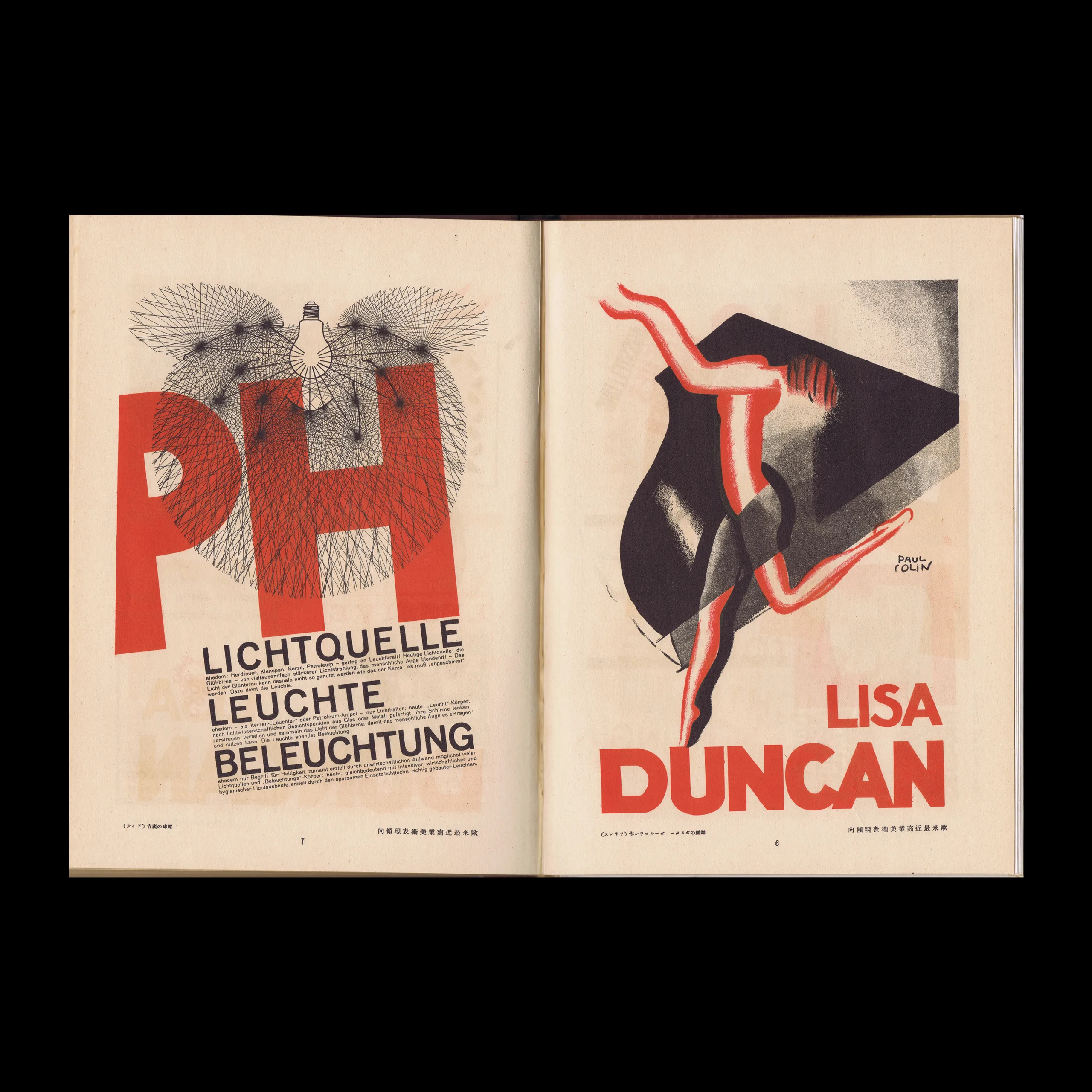Paul Rand, one of the most acclaimed American designers is known for his iconic corporate identities, playful illustration and commercial art. Paul wrote the preface for Yusaku Kamakura's book, Trademarks of the World, 1958. He states his influence of Japanese art and design, trademarks as a universal language and his struggles with English grammar.









